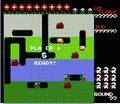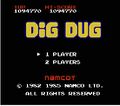Apple II
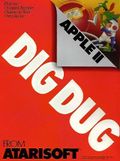
Developed by Atarisoft in 1984
Atari 2600
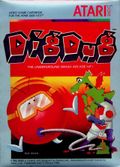
Developed by Atari in 1983 and rereleased in 1987.
Atari 5200
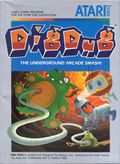
Developed by Atari in 1983
Atari 7800

Developed by Atari in 1987
Atari 400/800/XL/XE

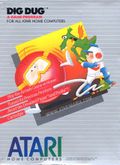
Developed by Atari in 1982
ColecoVision
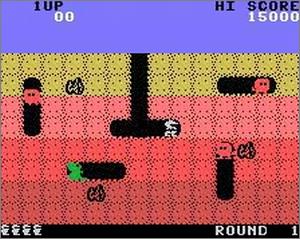
Developed by Atarisoft, but unreleased. A prototype was made available on the internet. This version draws the sprites across two frames, which leads to a great deal of flickering.
Commodore 64
Developed by Atarisoft in 1983
-
screen
-
Atarisoft box
-
Thunder Mountain box
-
Datasoft box
Commodore VIC-20
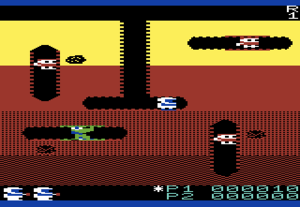
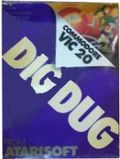
Developed by Atarisoft in 1983
Fujitsu FM-7
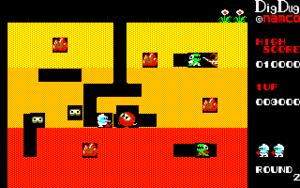
Fujitsu FM77
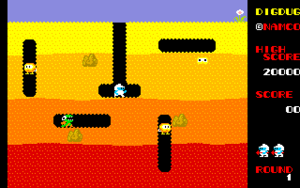
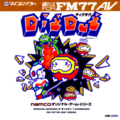
Game Boy


Developed by Namco and released in the United States in 1992. Originally part of Namco Gallery Vol. 2 in Japan.
Game Boy Advance
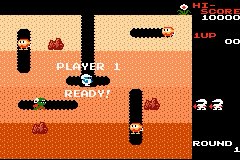
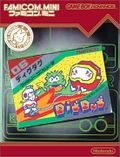
Developed by Namco and published by Nintendo in 2004 as part of the Famicom Mini series.
IBM PC
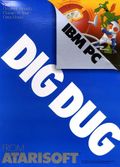
Developed by Atarisoft in 1983
Intellivision

Prototyped by Atarisoft but unreleased. Eventually finished and published by INTV in 1987.
MSX
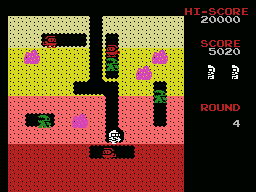
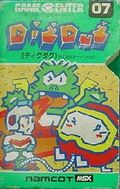
Developed by Namco in 1984
Nintendo Famicom
Developed by Namco in 1985. This version has a high score of 999,990, and stops at level 99. However, the high score on the main screen correctly displays millions of point. The flowers are displayed until round 93, but are truncated at 48. Only 12 flowers are ever shown at the top of the screen. You continue to get extra men, and the game does not end. You can continue playing until you end the game yourself. It does not increase in difficulty starting from round 28, where the last 4 screens repeat forever.
-
box
-
screen
-
Max score
-
Correct score on title screen
TI-99/4A

Developed by Atarisoft in 1983





